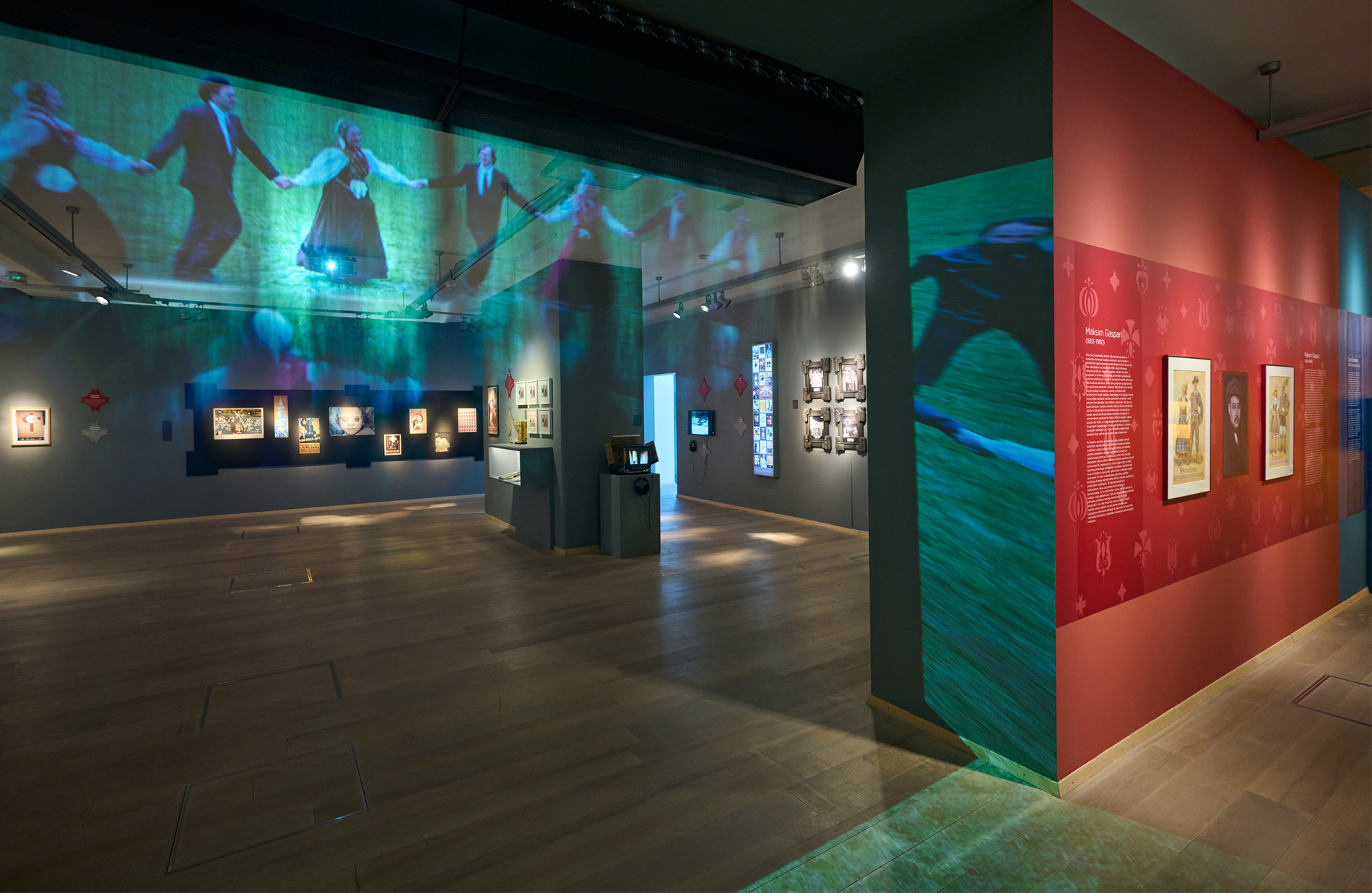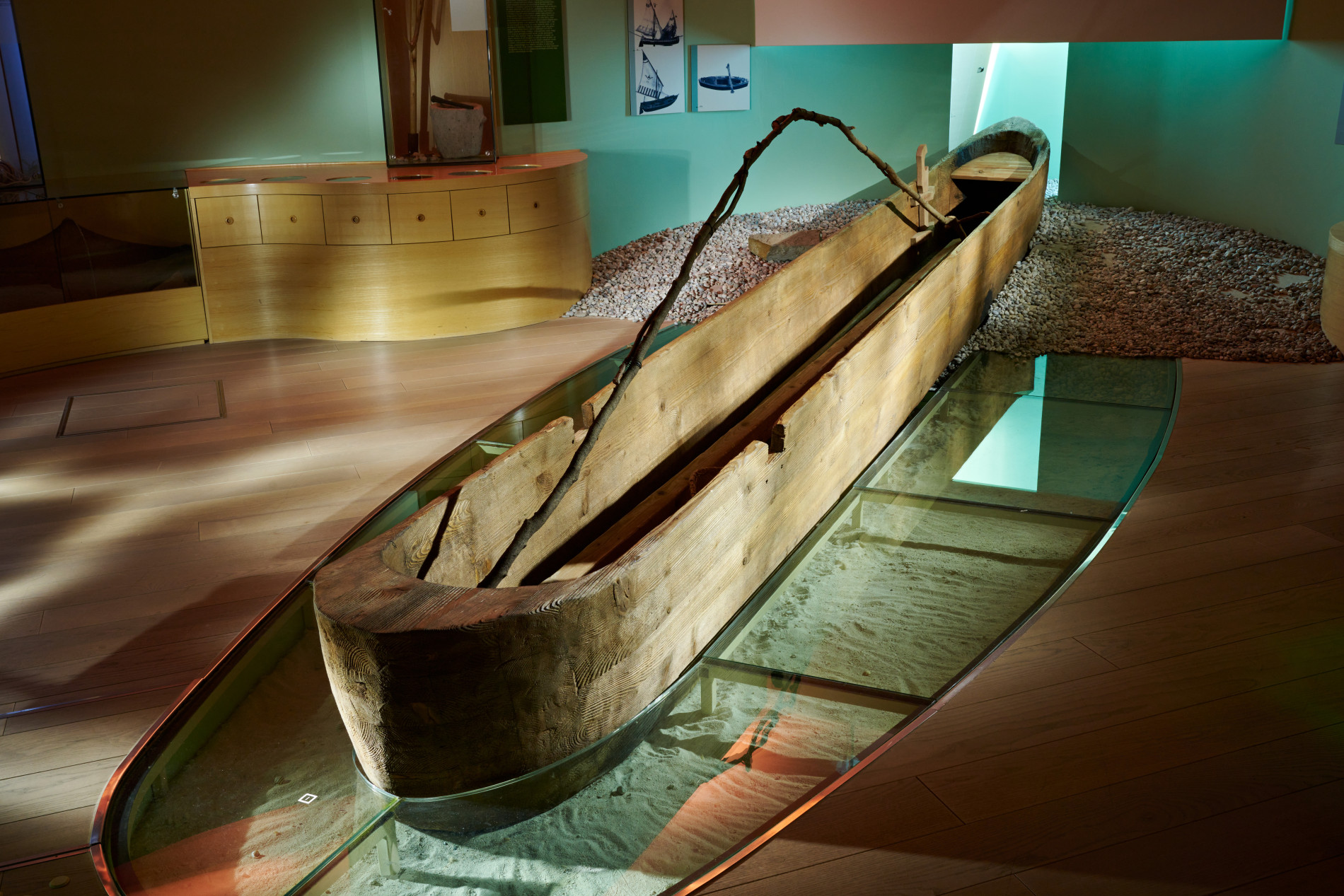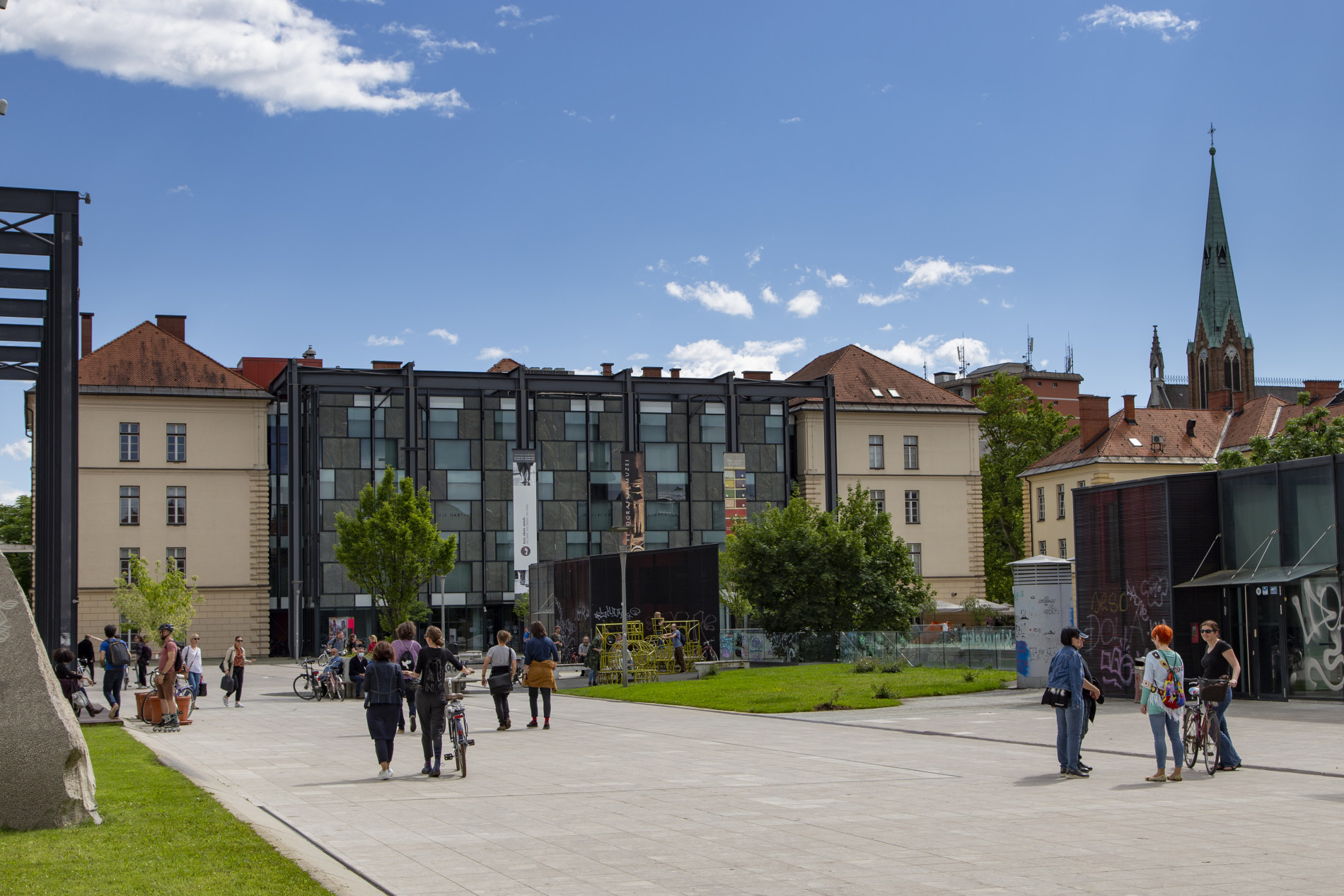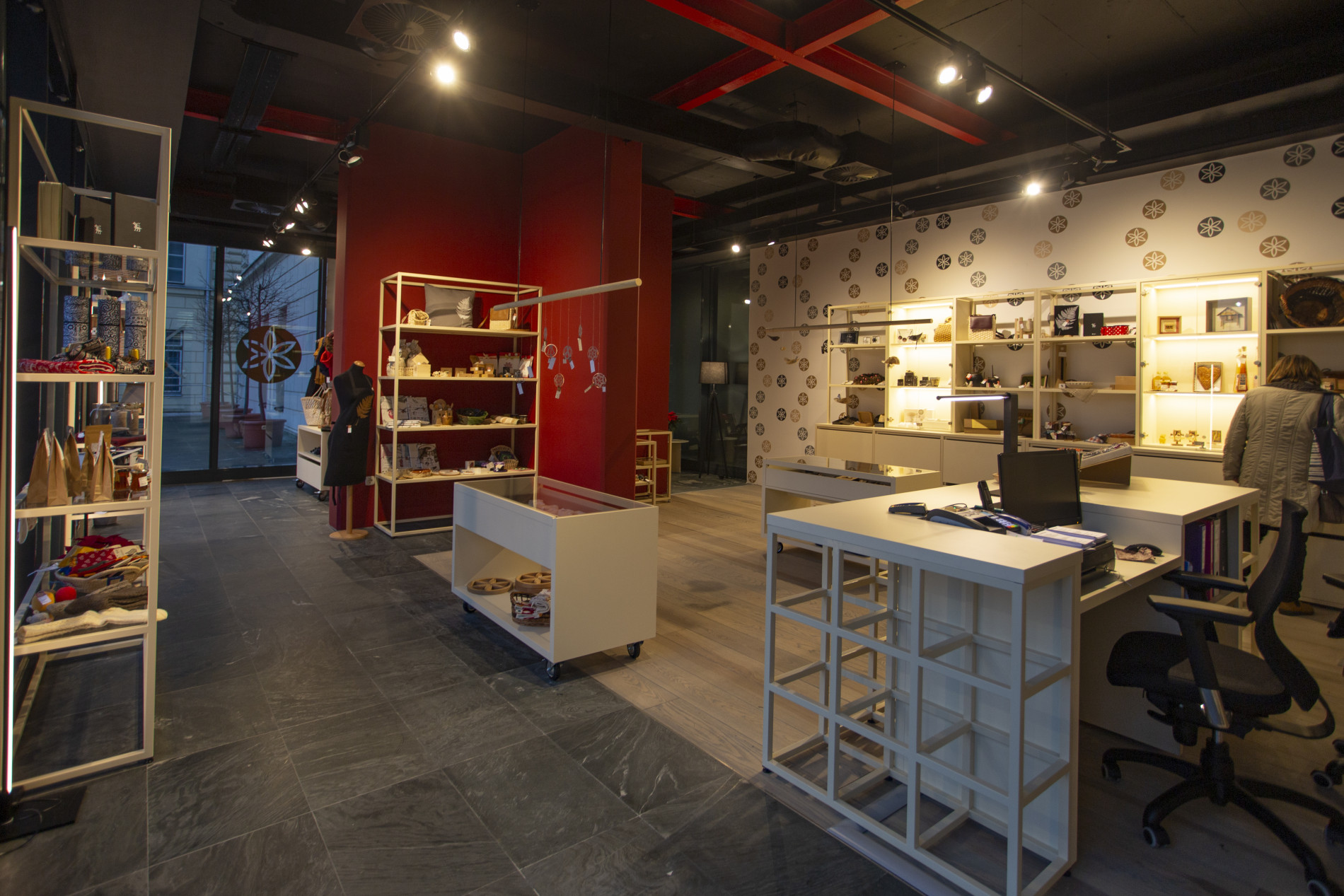The Slovene Ethnographic Museum is the country's foremost ethnological museum responsible for the keeping, preservation, study and comprehension of collections of artefacts related to Slovenian and non-European material, social and spiritual culture. The Museum was founded in 1923, when it separated from the National Museum of Slovenia. Its earliest origins go back to the collections put together by the Provincial Museum of Carniola (Deželni muzej za Kranjsko), established in 1821.
In order to present traditional culture of Slovenian inhabited areas and the cultures of several other peoples of the world, the Slovene Ethnographic Museum presents a programme of exhibitions and other events related to Slovenians (including Slovenian ethnic minorities abroad and expatriates) and other European and non-European peoples, runs a programme of educational events, and releases various publications. Exhibited artefacts and museum activities cover both material cultural heritage related to everyday and festive days and the intangible heritage of knowledge, values, skills, wisdom and creativity.
The Slovene Ethnographic Museum also incorporates a weavers' workshop, a museum shop called Lectarija and a café.
Permanent exhibition: Between Nature and Culture
The Slovene Ethnographic Museum's permanent exhibition of over 3,000 items presents the treasury of Slovenia's and the world's ethnological heritage. It provides an insight into the purposes of exhibited artefacts and the ways our ancestors used them, and traces their transformations over time and space.
Permanent exhibition: Plečnik's Lectarija
The exhibition displays the fixtures and fittings of Lectarija, the domestic arts and craft shop that was set up at 5 Congress Square in Ljubljana in 1940. The exhibited items include wooden display cabinets, a table and bench, a display window with a brass spiral which served as a support on which to arrange articles for sale, a massive round table from artificial stone, and a wooden chandelier with candles in a circle. On the wooden rim of the chandelier are imprinted short selected sayings by the architect (which rhyme in the original): From the eye speaks the soul / Time flows but says nothing / Gold does not rust /
The shop furniture was donated to the Slovene Ethnographic Museum in 2000 by Agata Freyer Majaron and Rok Freyer, the son and daughter of Henrieta and Rok Freyer. The shop contents were restored by the museum and in 2004 they were included in the new museum building as both the museum shop and as cultural heritage. In 2021, while preparing to mark Plečnik’s year in 2022, Lectarija became a museum display and was incorporated into the permanent exhibition as ‘Plečnik’s Lectarija’. It is the only completely preserved shop interior designed by Jože Plečnik.
There is also a connection between Plečnik and Lectarija, and Krbavčič's candle and honey products workshop and shop that stood at 55 Trubar Street, in Ljubljana. The exhibition also presents the whole of this shop interior, the tradition of which goes back to the inter-war years, when Plečnik used to call in. Master craftsman Krbavčič’s “skilled hand” and superb products were a rich source of inspiration to him. When Krbavčič's workshop and shop closed in 1996, the son Andrej Krbavčič, the last bearer of this craft work at this address, gave up the business and passed on the whole inventory to the Slovene Ethnographic Museum. The shop fittings and equipment date from 1934, while the candles and honey products are mainly from the 1990s. The exhibition includes the personal documents of Jakob Krbavčič (1907-1988), his hand-carved wooden products, gingerbread products, handmade wooden moulds for honey breads, decorative items, various kinds of candles and additional shop equipment.
The selected work of Jože Plečnik was inscribed on UNESCO’s World Heritage List in 2021. Through the exhibition ‘Plečnik's Lectarija’, the Slovene Ethnographic Museum emphasises the architect’s less well-known work and endeavours, as well as his attitude towards handicrafts. Exhibition is part of the programme marking the 150th anniversary of the birth of the architect Jože Plečnik, which Slovenia celebrated with UNESCO.
Temporary Exhibition: Folk art between home and the world: SEM collections and folk art NSK of the IRWIN group
The exhibition in which Slovene folk art meets the global folk art of NSK reexamines the semantic framework of one of the collections of tradition and places it next to a collection of artifacts created in contemporary social identification processes. At the same time, it explains the creation of communal identity as a well-thought-out process, within which the selection of symbolic visual components that should represent the community takes place. For Slovenian nation, the sourcing was made through objects of traditional culture, and in the case of the citizens of the NSK state, the contemporary artistic production of the NSK.
The exhibition presents more than a hundred representative objects from the collection of Slovenian folk art SEM and contemporary global production of folk art NSK - graphics, photographs, posters, artifacts and videos of nineteen artists, citizens of NSK country at the time. The initiators of the creation of the NSK folk art collection are the IRWIN group and NSKSTATE.COM, maintained and collected by the IRWIN group.








